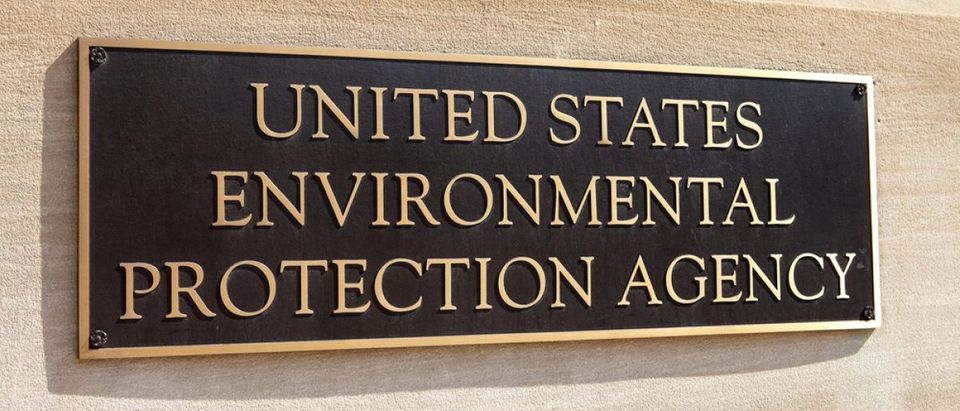With Senate confirmation of former Oklahoma Attorney General Scott Pruitt to be the new head of the Environmental Protection Agency (EPA), the Trump administration has a unique opportunity to break fresh ground on how we provide clean air, water, and soil.
This is coming not a minute too soon. As a research microbiologist who spent three decades at EPA, I saw first-hand how the agency’s misuse of science poses a real and growing threat to public health and the environment. A few examples will illustrate this point.
When EPA was created in 1970, industrial wastes were piped to rivers and further diluted in the ocean. That changed when President Carter had wastewater treatment plants built to remove traces of pollutants from water and concentrate them in sewage sludge. EPA should have recommended that municipalities treat sewage sludge at very high temperatures to convert it into a beneficial mixture of inorganic nutrients and activated charcoal, called biochar.
Biochar, which is widely used in India and other parts of the world, can prevent lead, mercury and other pollutants from entering drinking water. The resulting commercial product would not have to be regulated, and could improve agricultural productivity, turning even depleted clay soils into fertile land.
EPA, instead, chose to have sewage sludge just treated with lime or low heat and regulate their use as a commercial fertilizer under its 503 sludge rule. The science EPA funded to support this rule was so bad that EPA’s own scientists refer to it as sludge magic.
Another example of regulating with bad science is EPA’s brownfields redevelopment program in which toxic waste dumps are converted to government-subsidized housing and other public and private uses. In Greensboro, Georgia, for example, veterans, the mentally ill and poor Hispanic residents are currently being moved into EPA-approved government-subsidized housing built on an old textile mill site.
As an expert witness in a lawsuit filed by concerned citizens, I informed EPA that the redevelopment plan it had approved was seriously flawed. EPA rejected my assessment, which included photographs I had taken of a broken city water main lying in the toxic wastes. Recently, after the project was completed and families were moved in, I collected soil samples revealing that the surface of the children’s playground contained levels of benzo-a-pyrene, a known carcinogen, which far exceeded regulatory limits. A nearby creek where children play also proved to be highly contaminated.
Developers cordoned off the area and removed tons of highly contaminated soil for burial off-site. If the Greensboro site is any indication, EPA’s brownfields redevelopment program must be nothing short of a national disaster. The same technology that EPA could have used to covert sewage sludge into a boon for agriculture could also be used to clean up brownfield sites by destroying pollutants instead of regulating them.
These are just two examples where EPA has taken an unnecessary toll on both commerce and the environment. And, while EPA regulates others, it washes its hands of any responsibility when it violates its own regulations. When EPA contaminated rivers in Colorado, New Mexico and Utah with mining wastes, for example, it refused to pay for any damages, or hold any employees accountable.
Scientists in EPA’s Office of Research & Development (ORD) predicted a number of national disasters created by EPA program offices in Washington, DC. For example, EPA headquarters ignored ORD’s warnings that MTBE, a gasoline additive, would contaminate groundwater. As a result, taxpayers have spent billions to clean up MTBE, which EPA now regulates, leaking from underground storage tanks and contaminating the nation’s drinking water.
Prior to the Clinton administration, ORD had the power to veto EPA regulations that were based on poor science. EPA Administrator Scott Pruitt should rebuild EPA’s network of small, independent research laboratories, and fill them once again with stellar scientists who have veto power over the agency’s regulations. Given EPA’s failures, President Trump should even consider recasting EPA in the mold of the Centers for Disease Control and Prevention (CDC), such that it issues guidelines and recommendations, leaving it up to individual states to decide whether or how they should be codified into law.
Change needs to come to EPA, and quickly.
David Lewis, Ph. D., is a scientist who worked for EPA and is now research director for the Focus for Health Foundation in Watchung, NJ.


